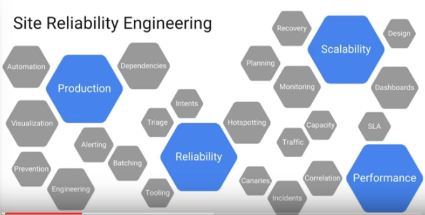Chinese $1.2B deal for Opera crumples
The planned sale of Opera Software to a group of Chinese companies for $1.2 billion has foundered, the Norwegian browser maker announced today.Instead, an alternate deal has been struck to sell the Opera desktop and mobile browsers, and other small pieces, to a Chinese private equity firm for $600 million.The original transaction folded after it failed to win regulatory approval from the U.S. and People's Republic of China (PRC) by a July 15 deadline. Opera did not specify whether approval was lacking from both countries, or just one. "The Offeror and Opera have used their best efforts to obtain the regulatory approvals required for the consummation of the Offer, but the condition...was not satisfied," Opera said in a Monday statement.To read this article in full or to leave a comment, please click here
 ARM gets a buyer; SoftBank gets ... more debt?
ARM gets a buyer; SoftBank gets ... more debt?

